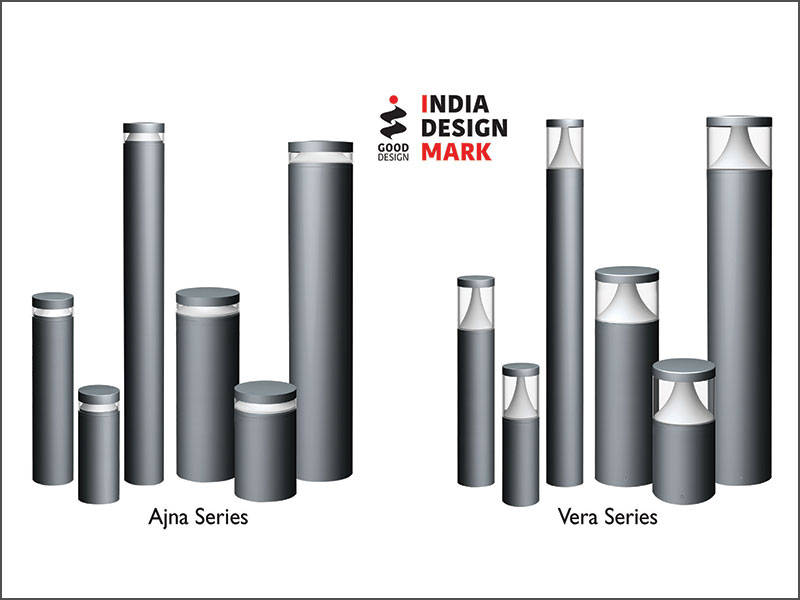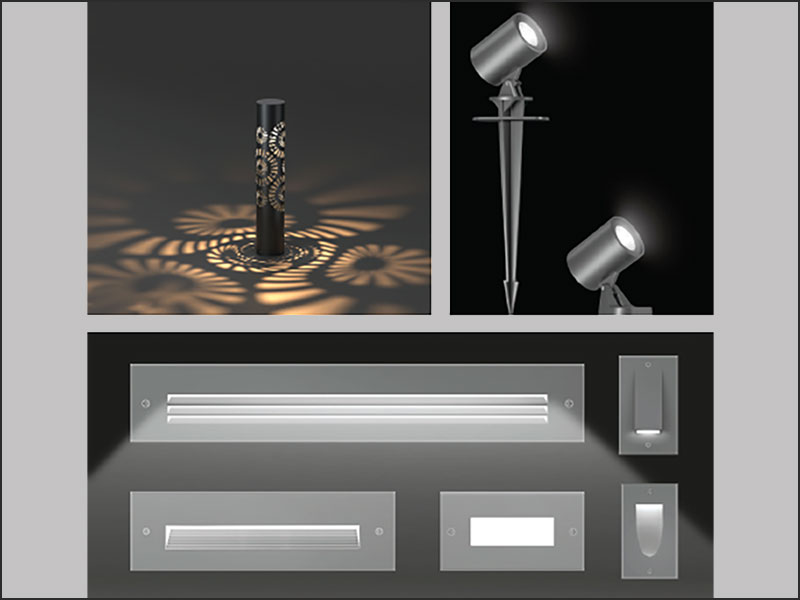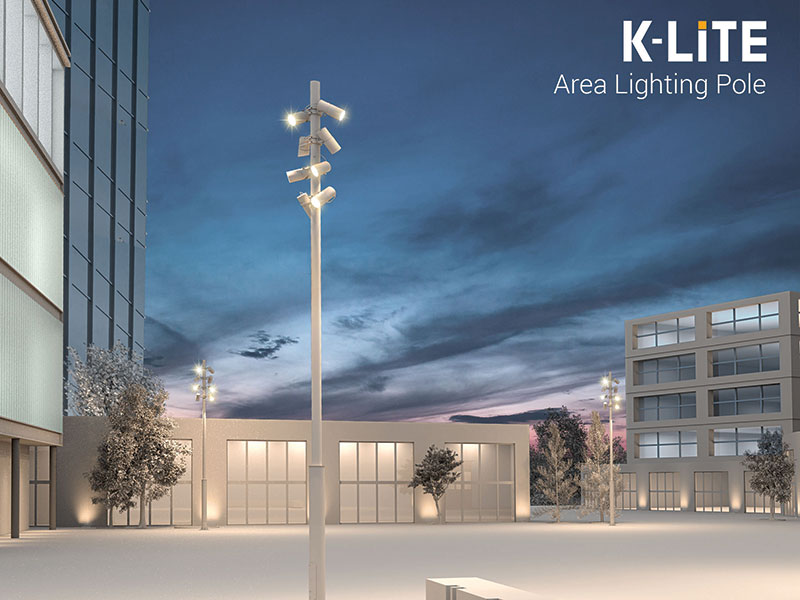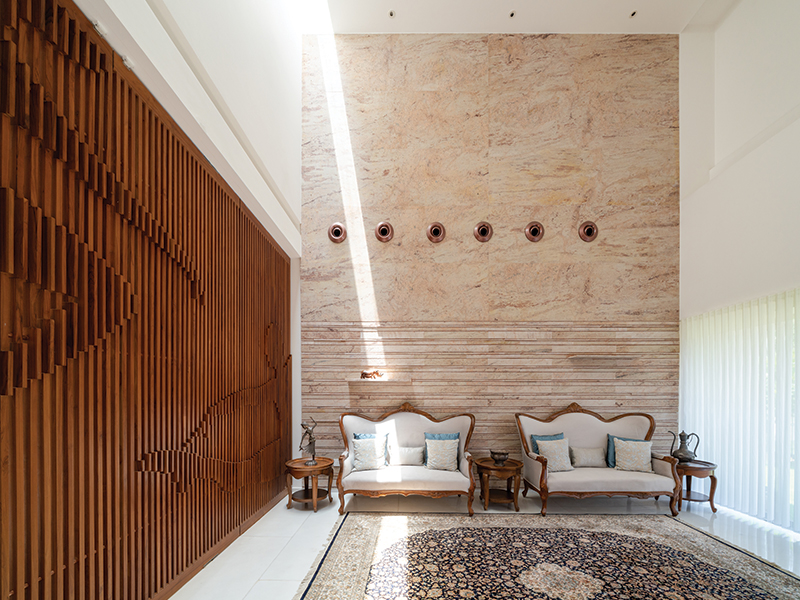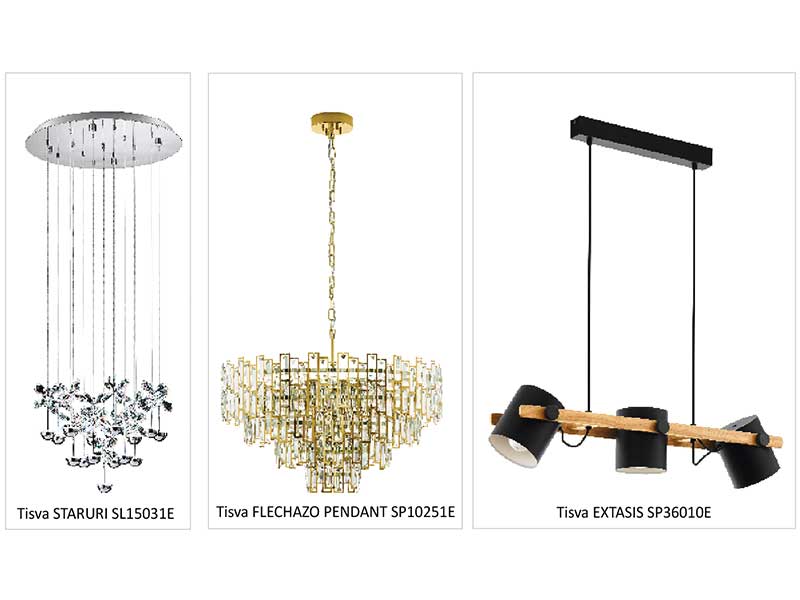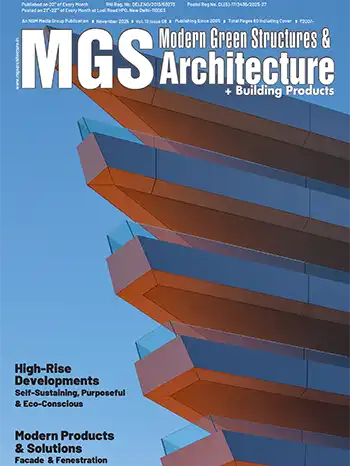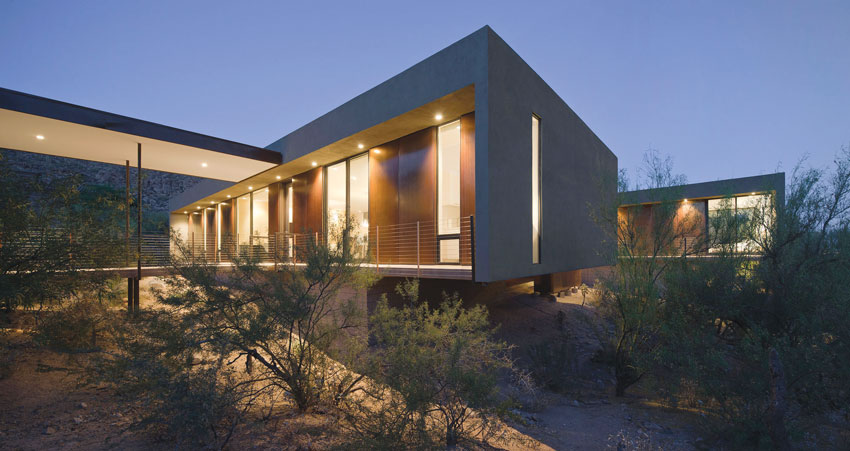
Transformation is a must to remain at the helm of affairs, and India's stride towards energy-efficient lighting is nothing but a step forward in that direction. The stage for this move, however, was set around seven years ago when in 2009, the rapidly-growing influx of inexpensive Chinese-manufactured LED products caught the attention of the then national policymakers. Following which, India's National Manufacturing Competitive Council, a national agency with Cabinet ranking, convened a Core Committee chaired by the Ministry of Power to look into the appropriate policy measures for accelerating the adoption of LED lighting in India. The prime motive was to significantly enhance energy-efficiency across all sectors of the economy, in order to decouple growth in energy demand from economic growth, which otherwise, could have become hugely expensive till date.
Going forward, this energy-efficient lighting movement has recently got another impetus when the new government flagged off a programme, in the very beginning of the year 2015, for installing LED bulbs in domestic as well as street-lighting across 100 cities. Announcing 'March 2016' as the time limit for the completion of the project, the government has made its intention aptly clear that conservation of energy is an inevitable goal in its development agenda as it is an effective, money- and environment-saving strategy. And, why not! LED-based lighting can not only cut CO2 emissions that too by 50-70%, but also when combined with smart controls, can save up to 80% of the energy.
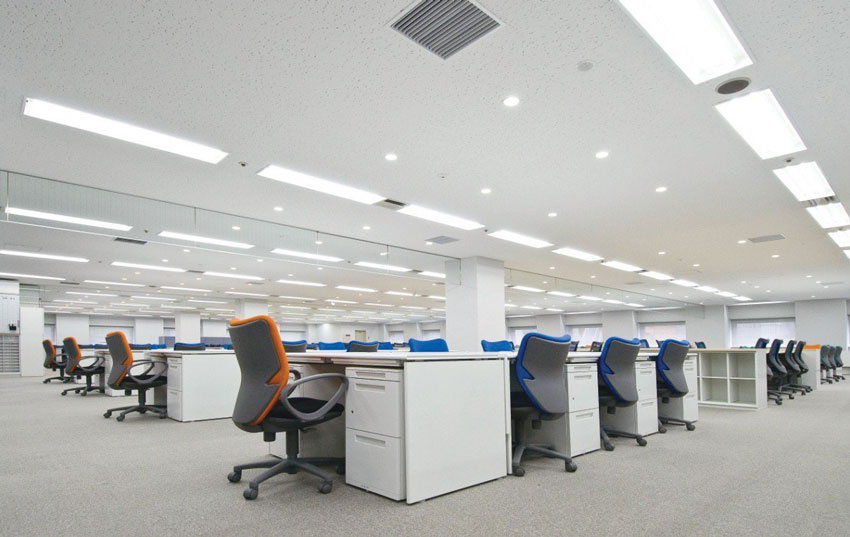
This is further cemented by The Climate Group's LED lighting program under which the Group tested low carbon lights in 10 cities all over the world, including Mumbai and Kolkata in India. Results proved successful, as LEDs could help reduce costs, enhance public safety, minimize light pollution, and make public spaces friendlier at night. What's more, major cost savings can be accrued when it comes to maintenance. LED devices typically last at least 25 times longer than the conventional lighting, and often as much as 50 times or even 100 times longer. Adding more to it is the remote monitoring attribute of these LED-based lighting devices, which enables easy detection and location of failed elements. From the design perspective, LED arrays and modules are designed for easy component replacement.
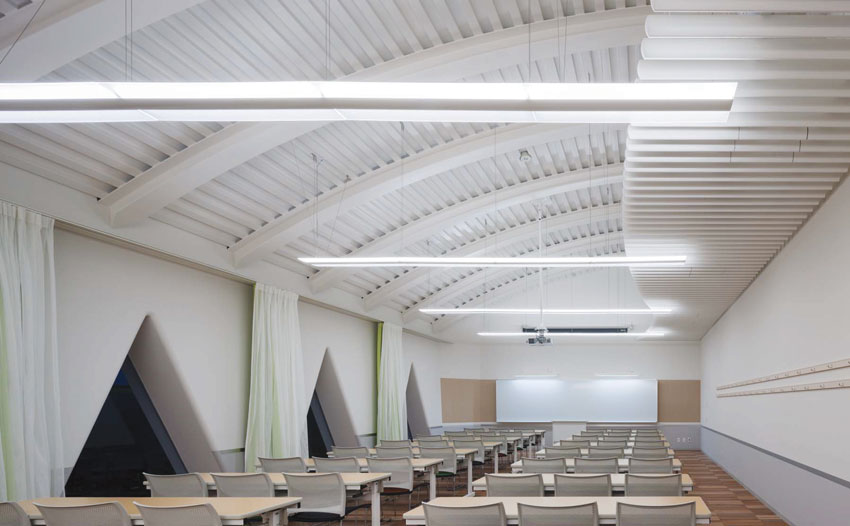
According to Bureau of Energy Efficiency (BEE), there is immense potential for LEDs to help reduce electricity demand for lighting in India, which consumes 22-25% of the country's total energy load. Demand at the peak time increases the rate of consumption, which obviously is a matter of concern. The Bureau also highlighted that there are 400 million (mostly incandescent) bulbs in Indian households, which consume 70 million MWh annually, and went on suggesting that penetration of LEDs in this sector could reduce household electricity use by not less than 30%. Applications of LEDs needs to be fiercely promoted in commercial buildings and public spaces, as public lighting in India requires approximately 4,400 MW of connected load, which by installing in LED version can help save about 50-70% energy.

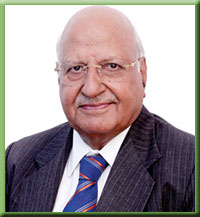
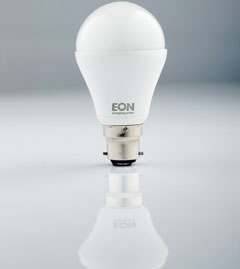
The changes have been fast and within a very short span. In fact, the speed at which this change could take place, it didn't allow many lighting equipment manufacturers to imbibe and incorporate in their products all the facets of LED lighting in their respective designing and manufacturing processes. However, activities abound as giants are taking strides, longer than usual. Philips Electronics has reorganised its business recently by separating its lighting arms, Havells is also planning to expand its LED manufacturing capacity besides eyeing to enhance its share in the pie by soon introducing chip-based wireless lighting solutions. Japanese electronics giant, Toshiba, is also scaling up its size and has plans to set up a manufacturing base in India apart from investing in the R&D centres of its Indian subsidiary, GreenStar.
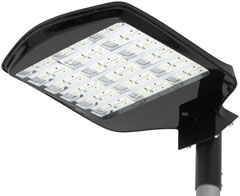
Together these attributes have put the country's lighting industry on a trajectory that is growing by leaps and bounds. Going by a recent industry report, $1.4 billion Indian lighting market is bursting at seams with lightening future, registering a robust 18% annual growth rate. Lighting solution providers across the country including NTL, Eon, and Anchor are taking this as a potential business opportunity. Accordingly, these majors are further strengthening their respective manufacturing and R&D bases to develop products that are durable and energy-efficient for both indoor and outdoor applications, and more so to meet specific requirements of the future, targeting to serve the proposed smart cities.
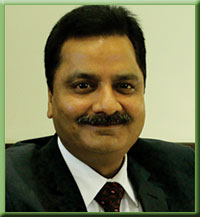
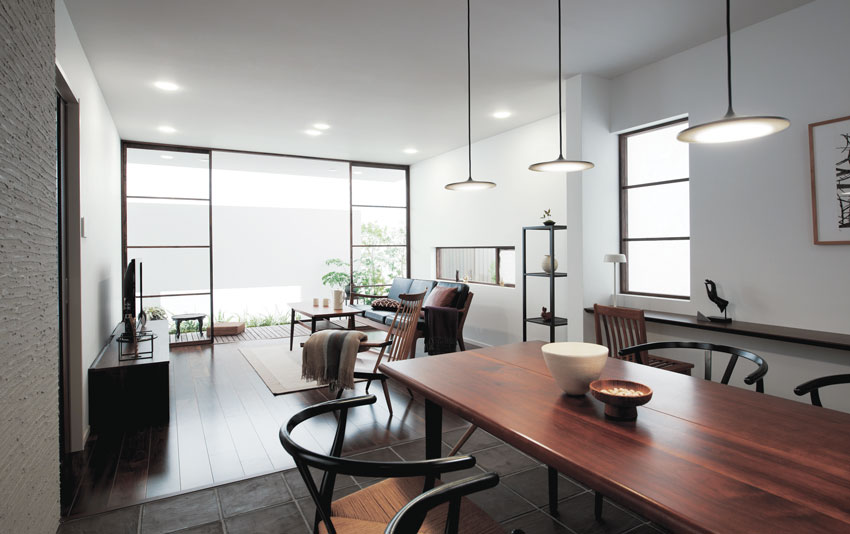
Japanese lighting solution giant, Panasonic, with its comprehensive expertise, aims to make residential and commercial spaces in India smarter and energy-efficient. "Panasonic boasts of over 30,000 LED products in its portfolio across the globe and Anchor, by virtue of being a key member of the Panasonic Eco Solutions Group, has introduced some of these lighting solutions in India that also include Fujisawa SST, one of the latest. We have invested comprehensive expertise in developing these products, yet it remains to be seen how these can be used to drive projects in India," asserts Mr. Kato. Anchor has recently introduced symphony lighting concept from Panasonic. "It offers custom design lighting plans for residences and commercial premises. On the futuristic lighting solutions we have introduced some trend-setting products in Professional Luminaires (Pro-id series) and Architectural Luminaires (Smart Archi). The products of Smart Archi are used widely across the globe and seamlessly integrate with architecture as that is the base of these products," he informs.
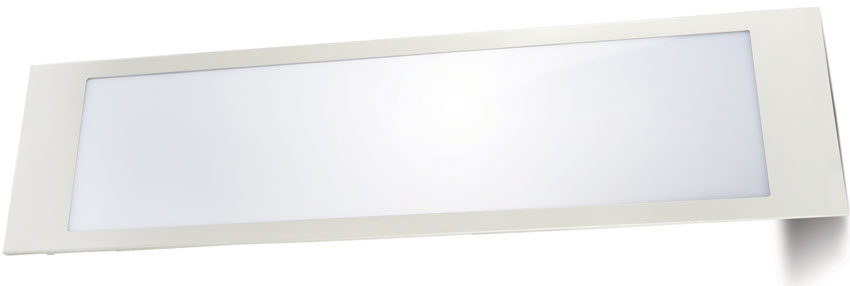
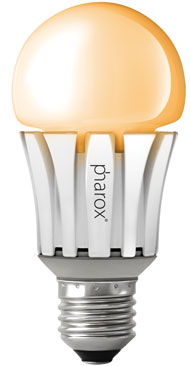
On the specifiers' side, the key advantages of LED lights make it an instant choice of city planners for public space lighting, and light consultants for residential and commercial setups. These benefits include the ability to control lighting zones, to dim lighting levels, to turn on/off instantly, to combine with sensors for occupancy detection, etc. The reduced lifetime operating costs through lower energy use and easier, cheaper maintenance, besides improved safety, security, and comfort are also proving to be increasingly persuasive with the planners of the smart cities. For instance, Eon is also devising a customised system that streetlights, which are organised and controlled through sensors and are at full bloom normally after 11:00 pm till 5:00 am in the morning, would remain at low luminance to further save up to 50% power by sensing the traffic movement from ± 200 mtrs to come up to full brilliance and then to go back to dim position.
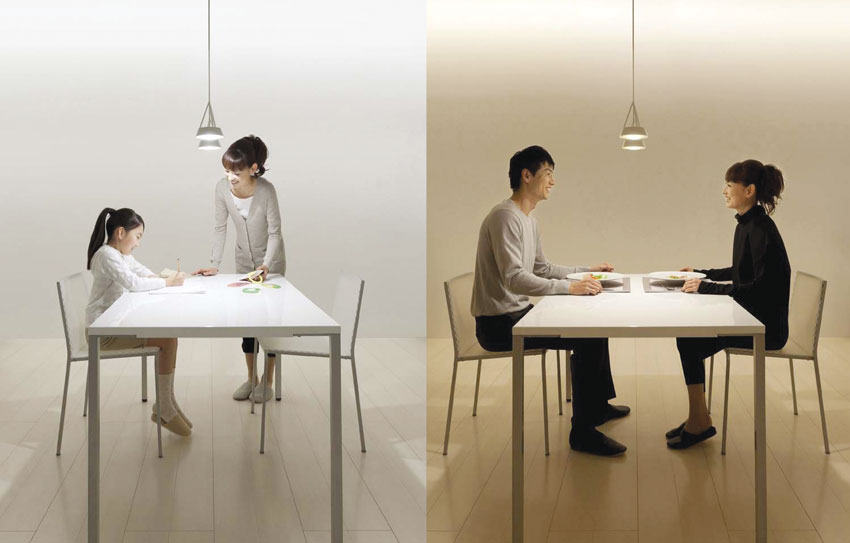
For residential & commercial setups, Anchor Electric has unveiled Panasonic's unique light measurement index named 'Feu' – an innovation that turns the focus in lighting design from the conventional 'illuminance' i.e. the amount of light striking a surface to 'luminance' i.e. the human sense of brightness. "Using Feu as a base and making lighting a part of architecture, our lighting designers are transforming the quality of lighting in residential as well as commercial spaces," share Mr. Kato adding that lighting design is an upcoming field in India and that while offering solutions there are lots of points that need to be considered. Quoting World famous lighting designer Ms. Shiho Nagamachi (President LEM lighting studio, Japan) mentions, "Listen to the Voices, Unique of the Places," he avers, "Following this, the team at Anchor-Panasonic offers custom lighting solutions based on the needs of a particular space. This makes the job of a specifier easier in terms of visualizing effectiveness of lighting for that particular space."
Mr. Kato goes on adding that India is a price-sensitive market. "Our lighting business constantly endeavours to deliver a superior product in terms of peer-differentiation. While the LED lighting protocols here are being formed, we have already aligned our lighting with International Electrotechnical Commission standards for all our LED products. Brighter light, longer operational life, aesthetic designs are some of the standpoints of Panasonic LED in general."
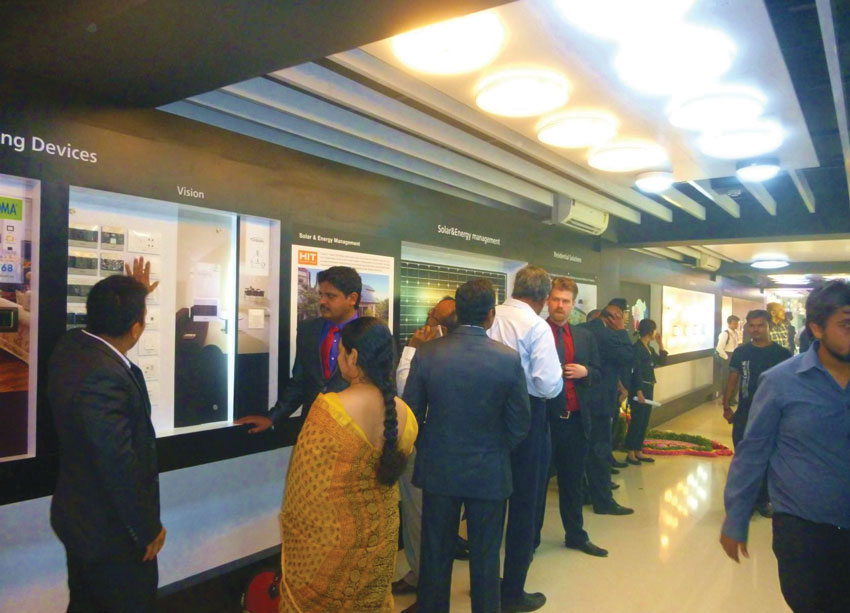
Government of India is keen to encourage LED lighting to save power. In this connection, it has started a scheme wherein it is providing 7W LED bulbs (maximum four) at Rs.93 to each household against the electricity bill. But the provision does not suit private sector due to high cost involvement, as mentions Mr. Gupta of NTL, "Though we have led the movement that brought the cost of LEDs down from Rs.320 to Rs.100 (for the government's initiatives, where the other costs are not included), it is not really feasible for the LED industry to provide good quality LED bulbs at that low price. The high volumes, no doubt, have made the prices come down, but expecting the levels to dip further is unrealistic. While offering LEDs to the end consumers there are many factors that add up to the costs and make the products more expensive than what the scheme offerings showcase. Keeping in mind the costs incurred on distribution, transportation, marketing, etc. the cost almost doubles for the end consumer."
To an extent, Mr. Kato also believes the same way when he says, "As of now, the country is largely dependent on imports for electronic components, LED chips, and even end products. The capacity of testing LED is also limited. We can still look at a 2-3 years horizon for availability of LED lighting products at such a low price point. At present, we base our premium on our product range core standpoints such as a good operational life and adherence to IEC standards along with the IS standards. It may be possible for us to provide products at the said price when the environment will become more conducive for large-scale manufacturing."

However, Mr. Kato suggests that if the Indian government plans development of advanced lighting technologies, it is imperative that it should set energy-efficiency norms along with that for LED manufacturing, and further, for standard pricing. But again, the implementation of the same would matter. He feels that a variety of criteria drive this process. "Association like Elcoma has already listed some initiatives that will help grow LED industry steadily. Some of these proposals included, extending support to local manufacturing over imports through subsidies and incentives. It included creating manufacturing clusters with strong infrastructure, tax-breaks, low interest capital availability, anti-dumping duty, limited FDI restrictions, etc," he says.
Despite these limitations, there is no denying of the fact that lighting has travelled a long way passing through numerous development processes. It has now become a solution with an all new integrated approach as today's lighting systems are developed to address compact future issues. The specifiers have become more selective as buildings or even different objects need specified colour light and colour temperature. In fact, interplay needs to be produced between lighting, architecture, and quality of life. The extremely long life, the dynamic adaptation of light, high level of efficiency, and many other factors make LED lighting systems suitable for anything account for near future including the proposed 100 smart cities. The aesthetic shape and the individual design of modern LED luminaires are also to be taken care in such a way that it can also improve the city's image significantly.
Current designs, based on applications' requirements, are taking these developments a step further. Thanks to the smart city concept that has catapulted the role of lighting which until now had been limited up to illuminating the dark spaces and turning night into day. But now specifiers such as consultants and designers can take the opportunity of the business that is brewing at a lightning speed out of this new concept which is still at a nascent stage as like any other emerging sector, the vendor base is somewhat fragmented where solutions are based around different and multiple aspects of the overall system which include LED drivers, control circuitry, dimmers, connectors, microcontrollers as well as the LED specialists themselves. Taking this as an opportunity, several traditional microcontroller specialists, for instance, are providing modules, reference designs, and development kits for LED lighting schemes clearly indicating that the systems solutions providers can emerge as the ones, who can better coin on the opportunity out of this.

